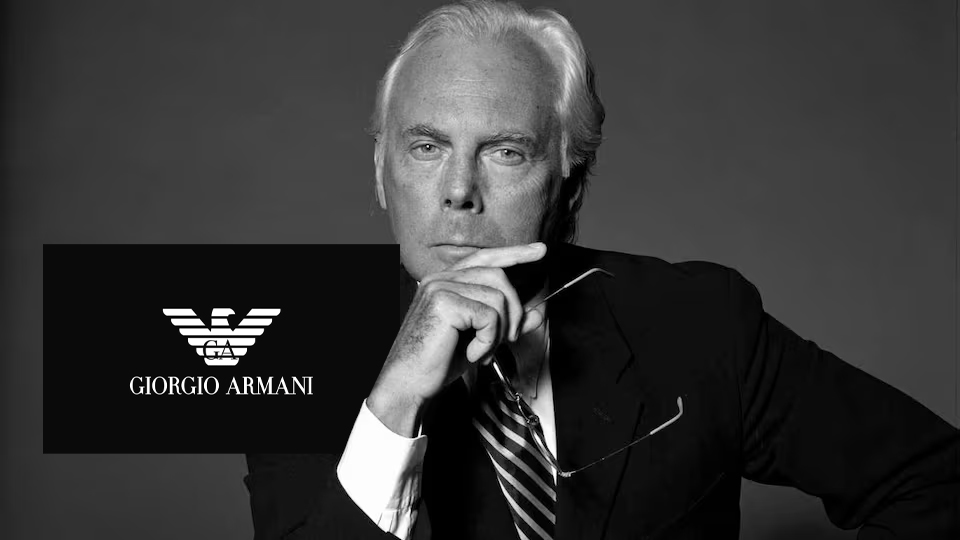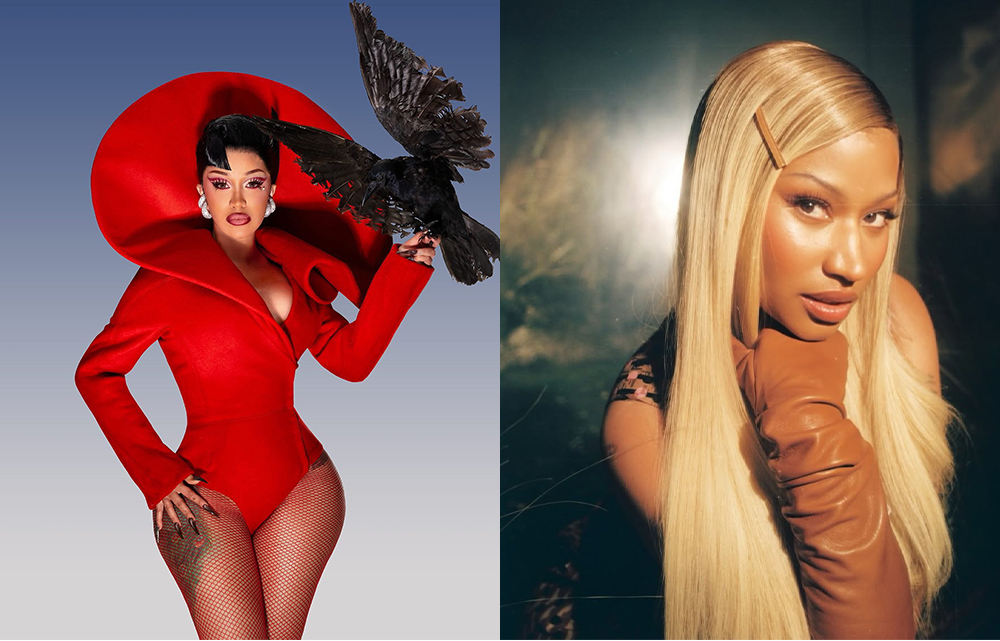Image Credit: BusinessofFashion
Milan – Giorgio Armani, the Italian designer who reimagined the modern suit and built one of fashion’s most influential empires, has died at his home in Milan at the age of 91. His company confirmed he had continued working until his final days and that a succession plan long guided by his wishes will steer the group forward.
Armani’s rise reshaped the look and language of global style first by softening men’s tailoring in the late 1970s and early ’80s, then by exporting that quiet power to womenswear and the red carpet, pairing precision with restraint in a way that came to define “Italian minimalism.”
The Suit, Unstructured and Unforgettable
Trained outside the traditional fashion-school pipeline, Armani absorbed lessons from classic Neapolitan tailoring and removed the rigid scaffolding of the suit canvas linings, heavy padding allowing fabric to drape and bodies to move. The result was an urbane, louche silhouette that looked new because it felt natural. The look found global fame in 1980 when Richard Gere wore Armani throughout American Gigolo, a moment that fused cinema and style and cemented the designer’s cultural cachet.
From Single Label to Global House
What began as a namesake line became a diversified universe: Giorgio Armani, Emporio Armani (launched in 1981), Armani Exchange, EA7, Armani Casa, beauty and fragrance, dining and hotels. By 2024 the Armani Group reported consolidated net revenues of about €2.3 billion, underscoring the enduring appetite for the brand’s refined aesthetic even as luxury markets shifted.
A Red-Carpet Language of Ease
Where competitors chased spectacle, Armani perfected understatement sleek column gowns, bias-cut slips, sober tuxedos with liquid sheen. That vocabulary often translated through Armani Privé couture became a global shorthand for elegance without noise, and a mainstay for film, music and sports icons.
Two Big Rule-Rewrites
- The Deconstructed Suit: He liberated tailoring, popularizing soft jackets that made “power dressing” feel human.
- Minimalist Glamour: He replaced ostentation with poise on the red carpet, proving quiet clothes can project enormous confidencen and sell worldwide.
Cultural Impact Beyond the Runway
Armani’s influence flowed through film wardrobes, corporate offices, and weekend wardrobes alike; it helped define how late-20th-century professionals wished to look capable, calm, international. Biographers often trace his sensibility to post-war Italy: an aversion to waste, a love of craft, and a belief that good design should endure. Born July 11, 1934 in Piacenza, he worked as a window dresser and menswear buyer before co-founding his label in 1975.
The Business He Leaves Behind
Recent filings and industry reports show a house still anchored in Europe yet selling to the world, with a multi-brand strategy spanning luxury to premium tiers and lifestyle adjacencies (home, hospitality, beauty). Analysts note the group faced the same headwinds as peers in 2024–2025 slower China, tariff volatility yet remained resilient thanks to brand clarity and disciplined expansion.
Legacy
Few designers bend everyday dress to their will; fewer still do it twice. Armani’s soft tailoring rewired the suit; his serene minimalism re-tuned glamour. Together they formed a legacy of quiet power clothes that whisper and win.











